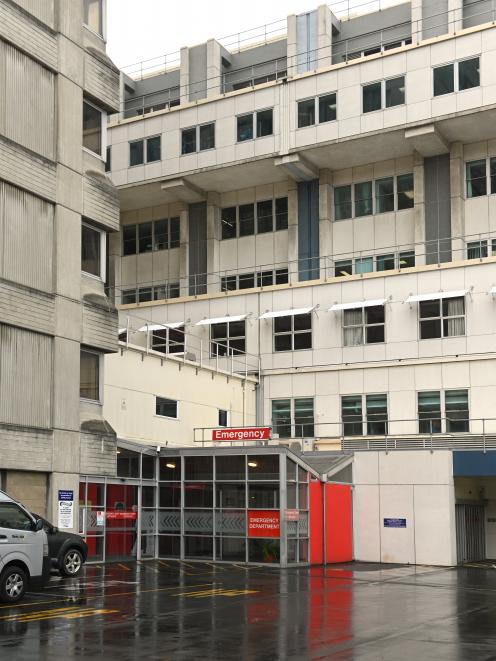
It is hard to agree when they seem mostly a re-run of the old targets district health boards introduced on health minister Tony Ryall’s watch more than a decade ago.
The targets cover emergency department waiting times, faster cancer treatment, increasing childhood vaccination coverage, shorter waiting times for a first specialist appointment, and faster access to elective treatments.
Dr Reti said effective targets, and reporting on them publicly, helps identify where there are problems and "how we can take action to improve them".
However, nothing has been said about how improvements, if they are recognised as needed, might be funded and what the target date is for meeting each target.
Experience has shown targets can result in initial improvements, but when that slows or stops, the temptation is to game the system to make situations look better than they really are.
We have seen this with waiting lists and emergency departments.
In EDs, the target is to have 95% of patients admitted, discharged, or transferred within six hours. Figures from September, the latest data available, according to the Ministry of Health blurb on the targets, shows the percentage achieving the target was 66%.

It is not as if these issues are not already well known. If they were easily fixed, they would have been by now.
With earlier ED targets, improvements were made to patient flow and facilities in the first few years but, when hospitals had made any improvements they could and were still not at the target rate, gaming came in. Patients were shuffled about within hospitals to give the impression they had left ED and times were inaccurately recorded to show patients were not in ED beyond the six-hour limit.
How will such time-wasting nonsense and unnecessary pressure on hospital staff be avoided this time round? Can we rely on a robust verification system to overcome any suggestion of gaming, or will that involve backroom staff this government is keen to get rid of?
Improving childhood immunisations is a no-brainer. Our rates of children fully vaccinated at 2 years old have been poor for years, a situation not helped by the Covid-19 pandemic.
The ministry figures show they were sitting at 83% in September. The target is to raise this to 95%. Again, the issues with this are well known, such as the difficulty of reaching some high-risk groups and vaccine hesitancy.
It has been reported general practitioners see vaccinations as an underfunded labour of love. As Whangarei GP Geoff Cunningham told RNZ, the new targets do not address pay parity, which was driving many general practice nurses, the main vaccinators, to work in hospitals for 20% more pay.
Dr Reti acknowledged achieving shorter wait times for First Specialist Assessments and for elective treatments were tough for the previous government and will be tough for this government too.
He knows workforce shortages are a huge issue and talks of how building the workforce is a priority. It is hard to see that in the short term he will have more luck with this than the previous government, particularly in the face of a global health workforce shortage.
A truly vigorous new direction in health would need to have some way of addressing the chronic fatigue syndrome facing much of the system. We are not convinced targets will do much for that.










